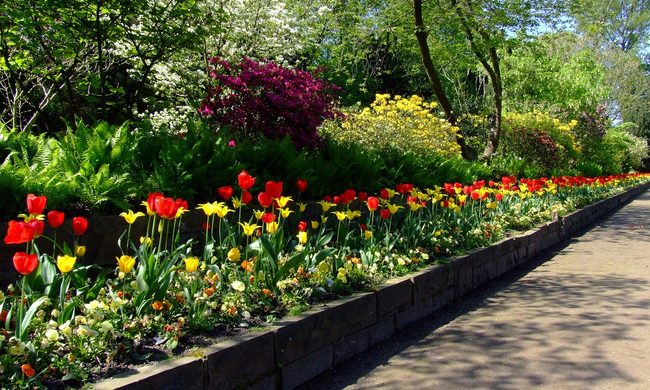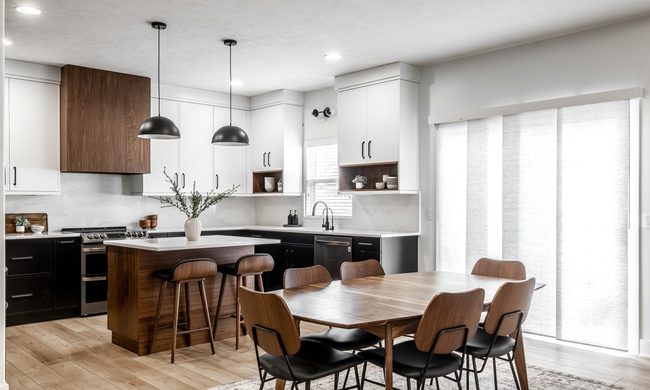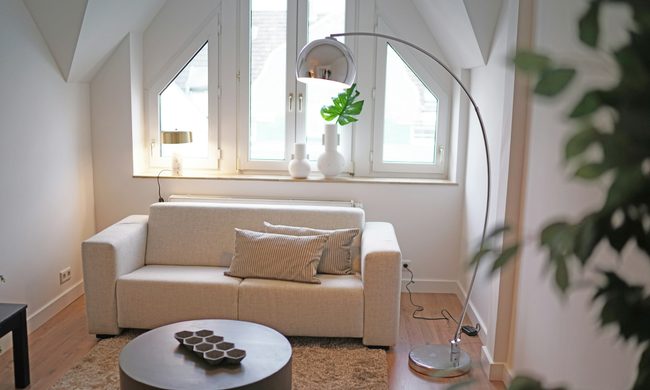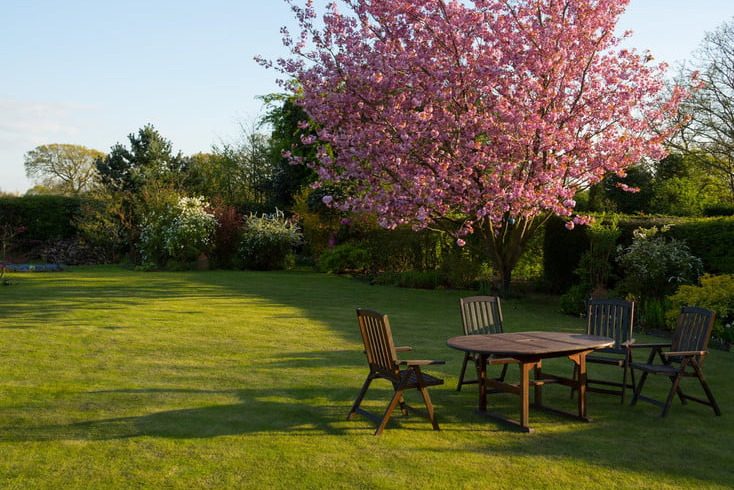
Flowering trees are a breathtaking addition to any yard, offering not only aesthetic appeal but also a sense of tranquility and natural beauty. These trees can transform your outdoor space into a colorful oasis, providing seasonal interest and even attracting wildlife.
Whether you’re looking to create a landscaping design that adds curb appeal or you just want some extra shade, flowering trees are an excellent choice. Let’s explore some of the best flowering trees for your yard, as well as tips on how to care for them.
1. Dogwoods

Dogwoods are renowned for their stunning springtime blooms and graceful form. These trees produce an abundance of flowers in shades of white, pink, and red, making them a versatile option for various landscaping styles. The dogwood’s blooms are followed by bright red berries in the fall, which attract birds and other wildlife. Additionally, dogwoods have attractive foliage that changes color with the seasons, offering year-round interest.
When planting dogwoods, choose a location with partial shade and well-draining soil. They prefer slightly acidic soil and benefit from a layer of mulch to retain moisture and regulate soil temperature. Regular watering during dry periods and annual pruning to remove dead or diseased branches will help keep your dogwoods healthy and vibrant.
2. Magnolias
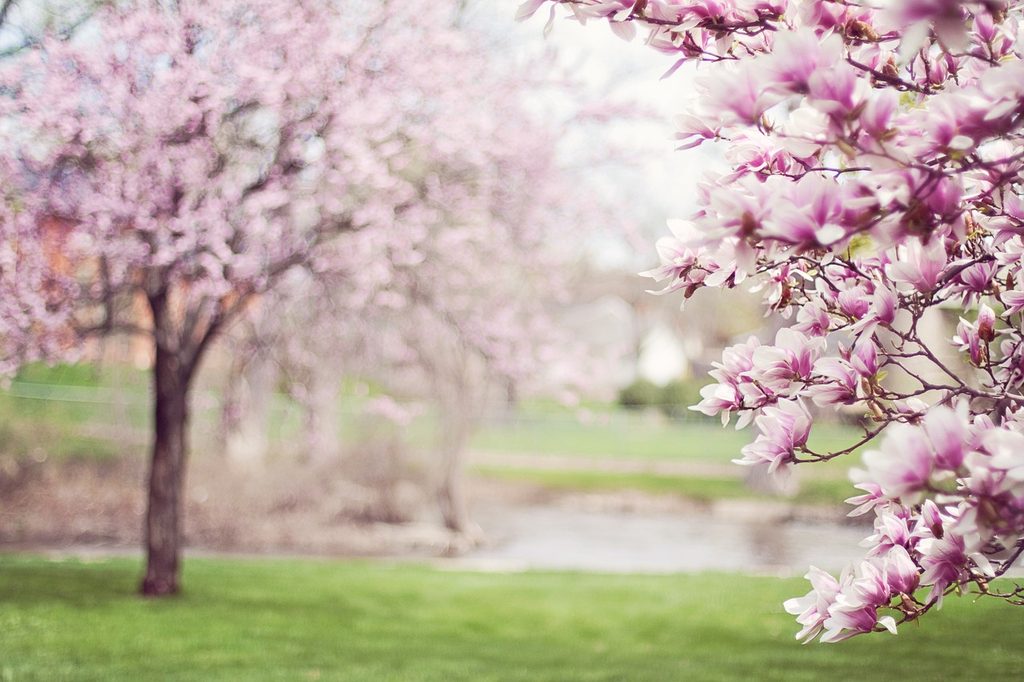
Magnolias are iconic flowering trees known for their large, fragrant blooms and striking appearance. These trees come in various species, each offering unique characteristics. Southern magnolias, for example, are evergreen and produce large, white flowers, while saucer magnolias are deciduous with pink and purple blooms.
Magnolias thrive in full sun to partial shade and prefer rich, well-draining soil. Once established, they are relatively low-maintenance trees, but young trees may require regular watering and protection from strong winds. Pruning should be done after flowering to shape the tree and remove any damaged branches.
3. Cherry trees
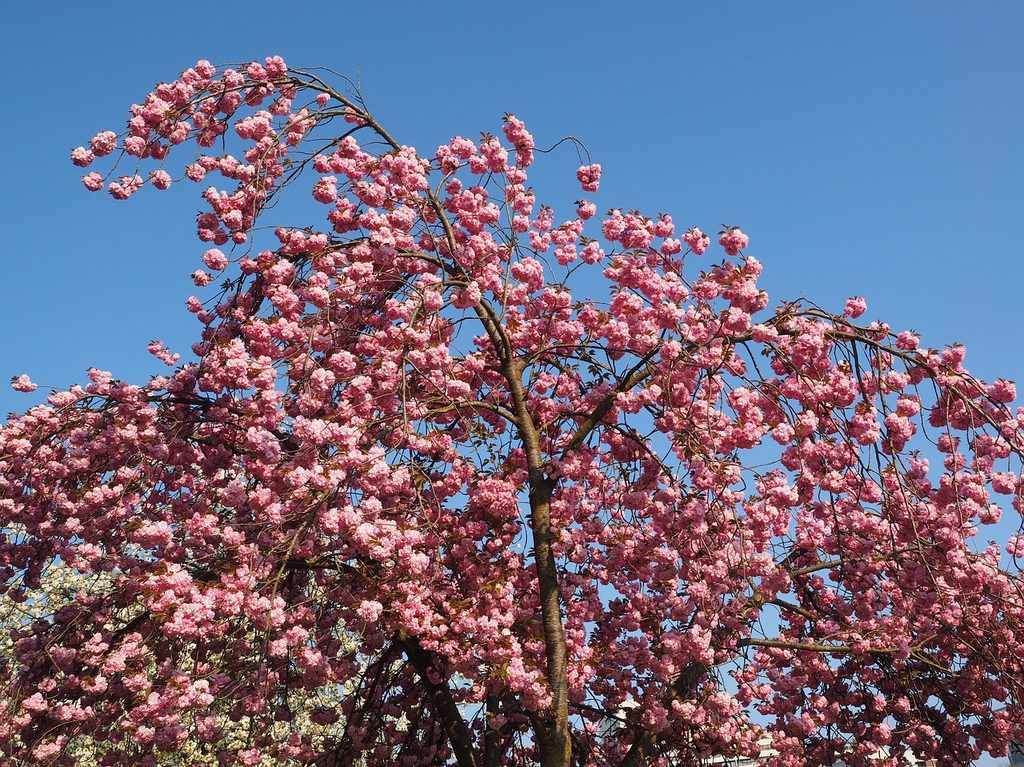
Cherry trees are famous for their spectacular spring blossoms, creating a stunning display of pink and white flowers. These trees are not only beautiful but also offer the added benefit of producing delicious fruit in some varieties. Cherry trees are a popular choice for creating a romantic and whimsical atmosphere in gardens and yards.
When planting cherry trees, select a site with full sun and well-draining soil. They prefer slightly acidic to neutral soil and benefit from regular watering, especially during dry spells. Pruning should be done in late winter or early spring to maintain the tree’s shape and remove any dead or diseased wood.
4. Redbuds
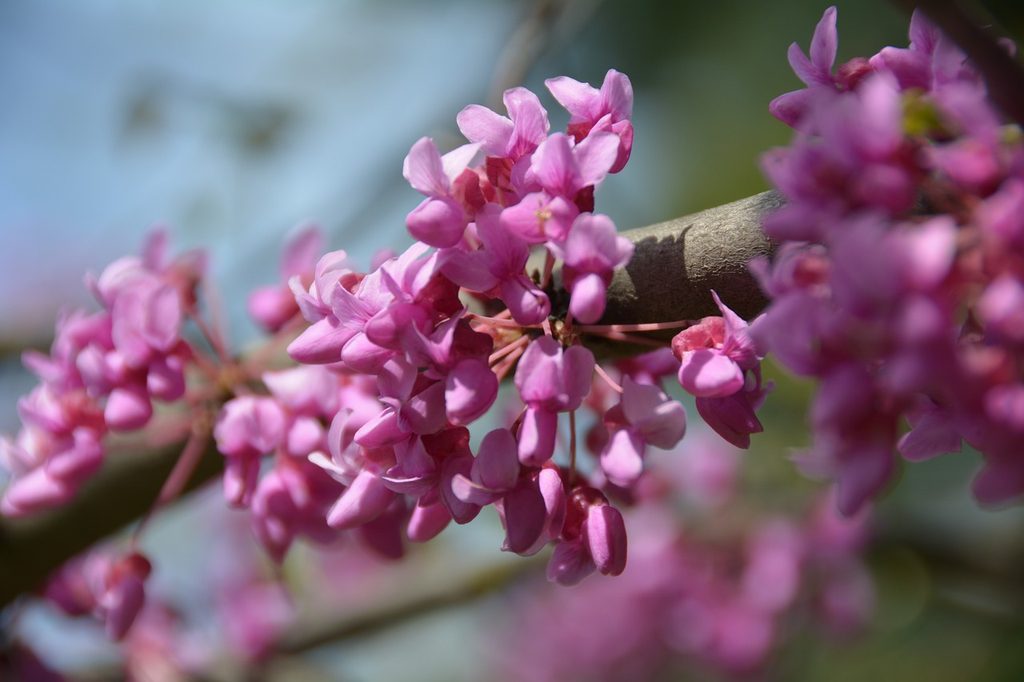
Redbuds are distinctive flowering trees that produce clusters of small, pea-like flowers in shades of pink and purple along their branches. These trees are particularly striking in early spring when their blossoms appear before the leaves, creating a dramatic effect. Redbuds are relatively small trees, making them ideal for compact spaces and urban gardens.
Redbuds prefer full sun to partial shade and well-draining soil. They are drought-tolerant trees once established, but they benefit from regular watering during dry periods. Pruning should be done in late winter to early spring to remove dead or damaged branches and to shape the tree.
5. Flowering crabapples
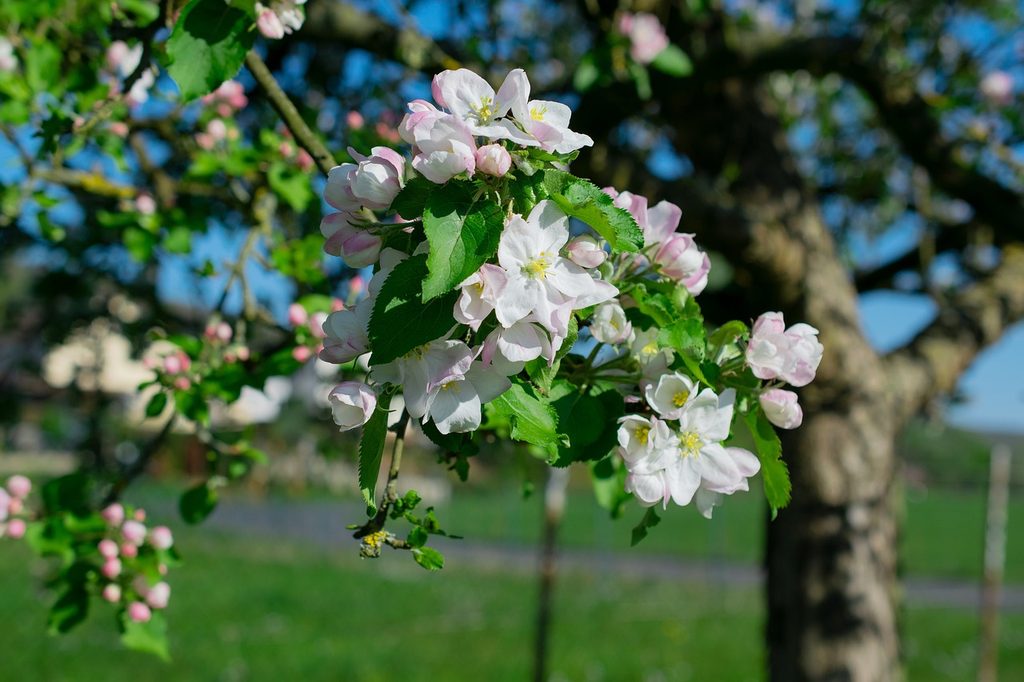
Flowering crabapple trees are celebrated for their abundant spring blooms and colorful fruit. These trees come in a wide range of varieties, offering flowers in shades of white, pink, and red. The fruit produced by crabapple trees is small and often used for making jellies and preserves.
Crabapple trees thrive in full sun and well-draining soil. They are relatively low-maintenance trees but benefit from regular watering and annual pruning to remove suckers or water sprouts. Additionally, choosing disease-resistant varieties can help prevent common issues such as apple scab and fire blight.
6. Crepe myrtles
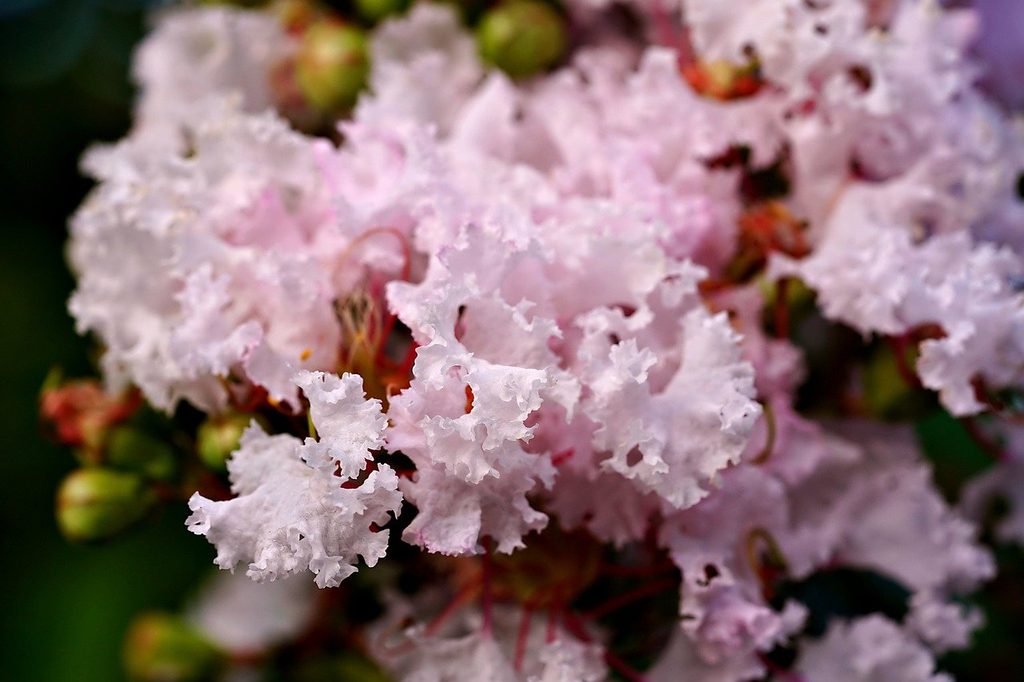
Crepe myrtles are a favorite in warmer climates, known for their long-lasting summer blooms and vibrant colors. These trees produce clusters of flowers in shades of pink, red, purple, and white, adding a splash of color to the landscape. Crepe myrtles also have attractive exfoliating bark and striking fall foliage, providing year-round interest.
Crepe myrtles prefer full sun and well-draining soil. They are drought tolerant once established but benefit from regular watering during dry periods. Be sure to prune these trees in late winter to early spring to remove suckers and to shape the tree. Avoid severe pruning, also known as “crepe murder,” as it can damage the tree and reduce its flowering potential.
7. Serviceberries
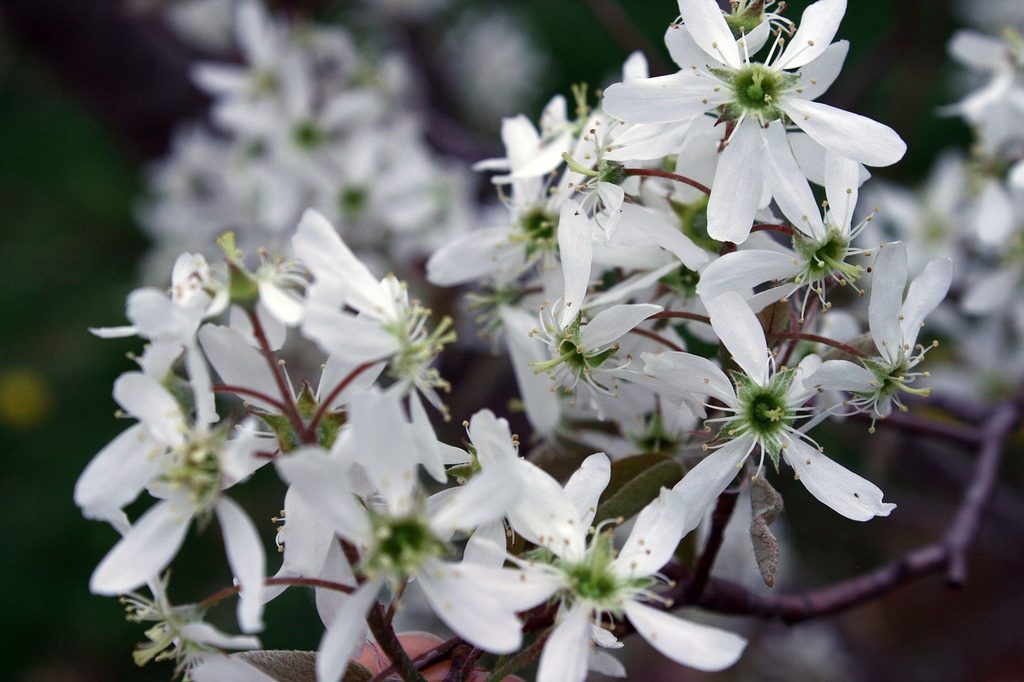
Serviceberries are versatile flowering trees that offer four-season interest with their beautiful white spring blooms, edible summer berries, vibrant fall foliage, and attractive winter bark. These trees are also known for their wildlife value, attracting birds and pollinators to the garden.
These trees thrive in full sun to partial shade and well-draining soil. They are adaptable to a range of soil types but prefer slightly acidic conditions. Regular watering during dry weather and annual pruning to remove any dead or damaged branches will help keep your serviceberry healthy and productive.
How to care for flowering trees
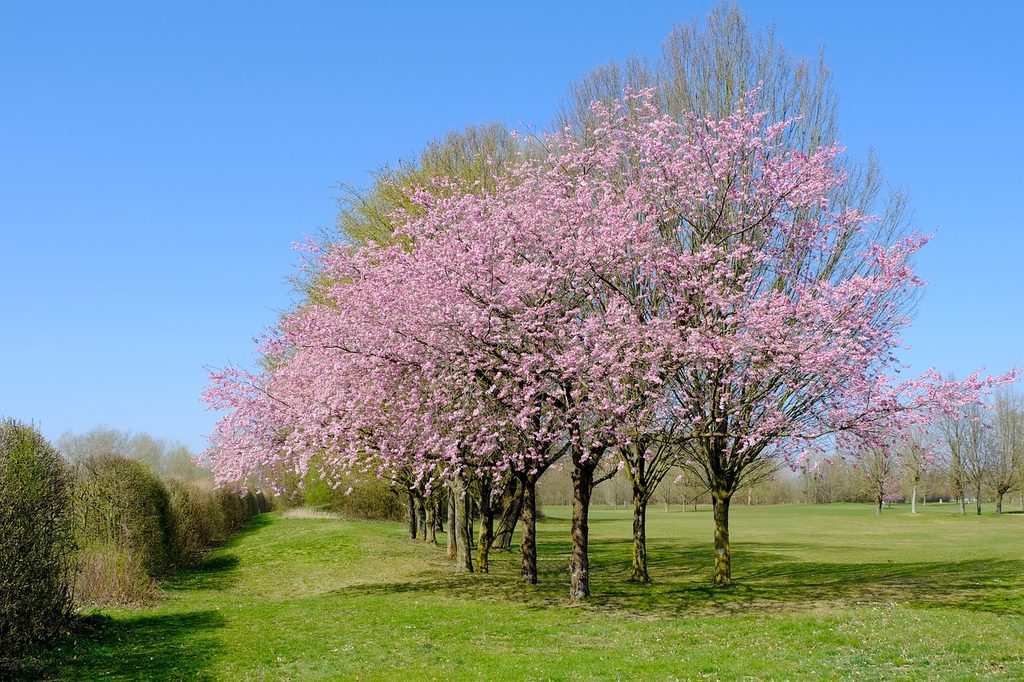
Proper care is essential to ensure the health and longevity of your flowering trees. Here are some general tips to keep your trees thriving:
- Planting: Choose the right location with adequate sunlight and well-draining soil. Follow the specific requirements of each tree species for optimal growth.
- Watering: Provide regular watering, especially during dry periods. Newly planted trees require more frequent watering until they establish a strong root system.
- Mulching: Apply a layer of mulch around the base of the tree to retain moisture, regulate soil temperature, and suppress weeds. Avoid piling mulch against the trunk to prevent rot.
- Pruning: Prune trees annually to remove dead or diseased branches, improve airflow, and maintain their shape. Pruning should be done at the appropriate time of year for each species.
- Fertilizing: Fertilize flowering trees in early spring with a balanced fertilizer to promote healthy growth and abundant blooms.
- Pest and disease management: Monitor your trees for signs of pests and diseases. Use chemical or organic pest control treatments as needed to protect your trees.
Flowering trees are a valuable addition to any yard, providing beauty, shade, and wildlife habitat. By selecting the right tree for your yard and providing proper care, you can enjoy the stunning blooms and benefits of these trees for years to come. Whether you’re planting a single tree or creating a diverse landscape, flowering trees will make a lasting impression and enhance the natural beauty of your outdoor space.

